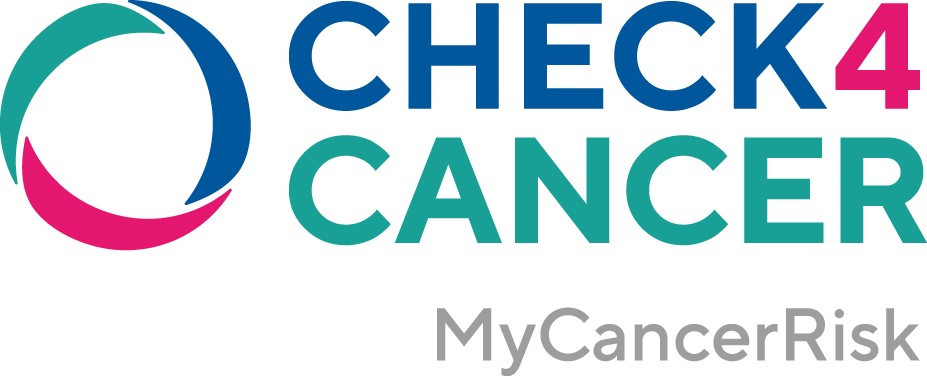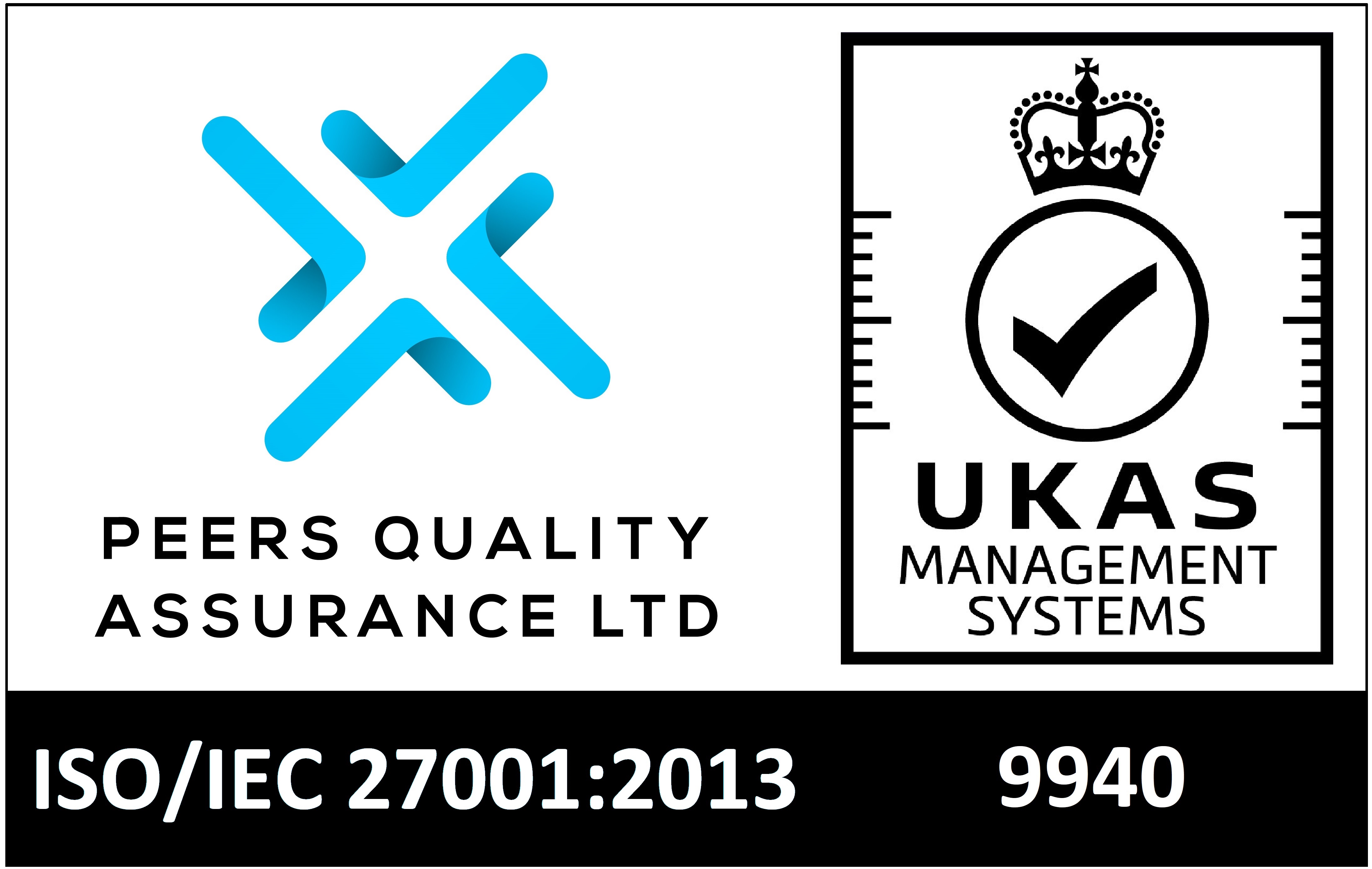Cervical Cancer Prevention Week is from the 17th – 23rd January and we want to educate you on the signs and symptoms of cervical cancer and how you can reduce your risk from this disease. Although 8 women are diagnosed with cervical cancer every day across the UK, the good news is that 99.7% of cervical cancer cases are preventable.
Some fast facts on cervical cancer
Anyone who is sexually active can be infected with the human papillomavirus (HPV) which causes 99.7% of cervical cancers. This virus can infect both men and women. In women, it may lead to cervical cancer and for men and women it may lead to cancer of the anus or mouth.
In the majority of cases, the virus (HPV) clears with no harmful side effects, but in a small proportion of individuals it goes on to cause pre-cancerous and potentially even cancerous changes to the cervix. There are lots of different types of HPV, but the high-risk strains (especially numbers 16 and 18) are more commonly associated with cervical problems.
Although four in five people will be exposed to HPV at some point in their lives, the vast majority of people’s immune systems will clear the virus (HPV) on its own.
Cervical cancer is often thought of as a young woman’s disease. Is this true?
High-profile cases tend to be in younger women such as Jade Goody, however, cervical cancer is actually more common in older women. Cervical cancer is also very often not talked about, most likely because of embarrassment and the misconception of the cause of the disease.
There are two age peaks for cervical cancer which are in 30–34-year-olds and 60–64-year-olds. There is actually an increase in cervical cancer incidence after the age of 60, so it is just as important for women aged 50+ to attend their screening appointments as it is for younger women. You find out more about cervical cancer screening in women aged 50+ here.
What are the five key cervical cancer risks?
- Sexual behaviour
People with a higher number of sexual partners are known to be at increased risk. Condoms are very important in reducing sexually transmitted diseases but do not wholly protect against HPV as the virus is present in the whole genital area. Therefore, even individuals who practise safe sex are at risk of contracting HPV, and as such should consider screening.
- Smoking
The combination of smoking and having HPV is more likely to lead to cervical cancer. Women who smoke and have HPV are twice as likely to have pre-cancerous cells in the cervix. 21% of cervical cancers in the UK are linked to smoking.
- Weakened immune systems
A weakened immune system can increase the risk of cervical cancers developing. Women with HIV /AIDS have been found to have a six-fold increased risk and people having undergone transplant surgery also have double the risk.
- Family history
Women who have a 1st-degree relative (i.e., mother/sister/daughter) who has had cervical cancer have a higher risk of developing the disease. This link does not appear to be straightforward and is believed to be due to similar lifestyles or a shared immune response to the HPV virus.
- Socio-economic status
Cancer Research UK states that the rates of cervical cancer in women in the most deprived areas of England and Wales are three times higher than those of women in the least deprived.
What are the symptoms of cervical cancer?
For effective cervical cancer prevention and risk reduction, you should be aware of what to look out for and if you have any of these symptoms you should talk to your doctor straight away. The symptoms to look out are:

How to reduce your risk
A number of changes to your lifestyle can significantly reduce your risk of cervical cancer including:
- Reporting to GP any abnormal bleeding/symptoms
- Being vaccinated against HPV (Human papillomavirus)
- Having regular cervical screening from age 25+
- Stopping smoking – find out more about starting a smoking cessation programme in the NHS by clicking here.
Why is screening so important?
Cervical cancer is almost 100% preventable if you attend regular screening for the human papillomavirus (HPV). One of the highest risks of dying from cervical cancer is to miss participating in screening which is extremely successful for early detection. Smear tests can be scary at the best of times, so if you are still waiting for a postponed smear test from last year, or you’re worried about one that’s due, there are other options.
HPVCheck gives women the autonomy to be in charge of their cervical screening and is especially recommended for women who may have had a bad experience of screening in the past. HPV testing is now approved by the NHS as a reliable method of cervical cancer screening. If you have never attended the National Cervical Screening Programme, you can still find out if you are carrying the virus which leads to almost all cases of cervical cancer.
Approximately 10% of those tested using HPVCheck will test positive for HPV and proceed to a traditional smear test. This means that the vast majority of women who self-test in the privacy and comfort of their own home can avoid visiting the GP or hospital altogether.




